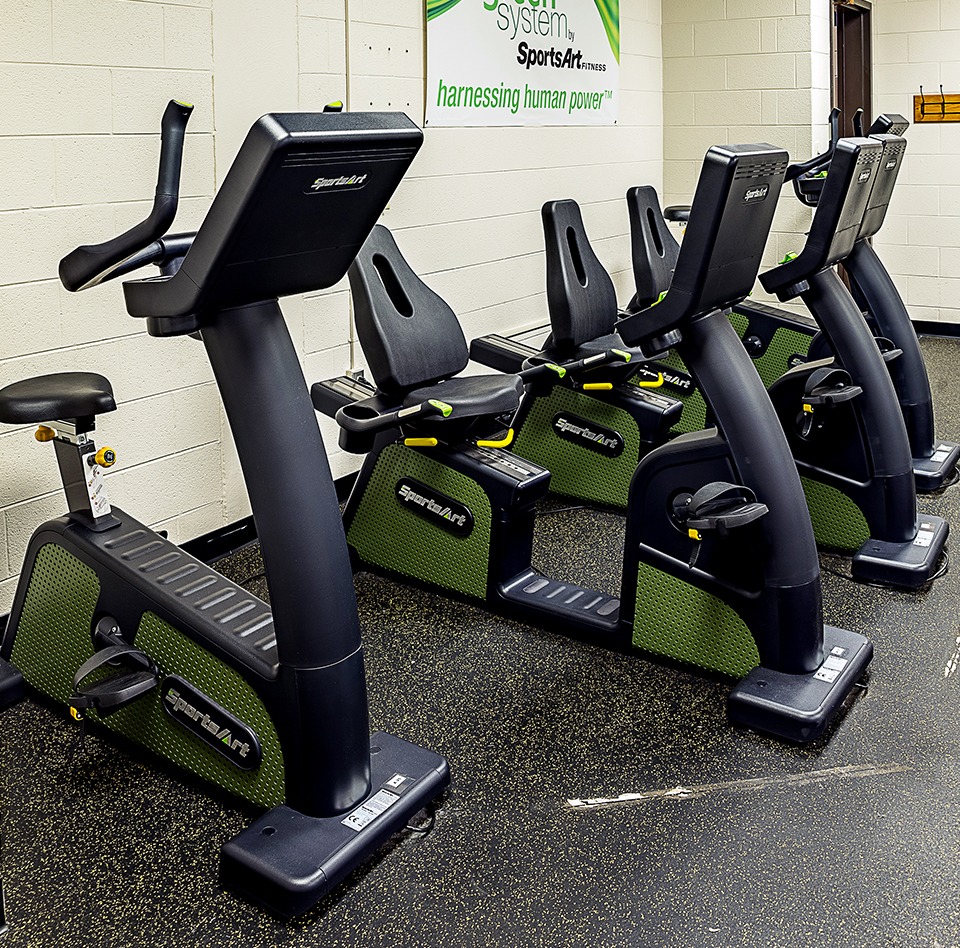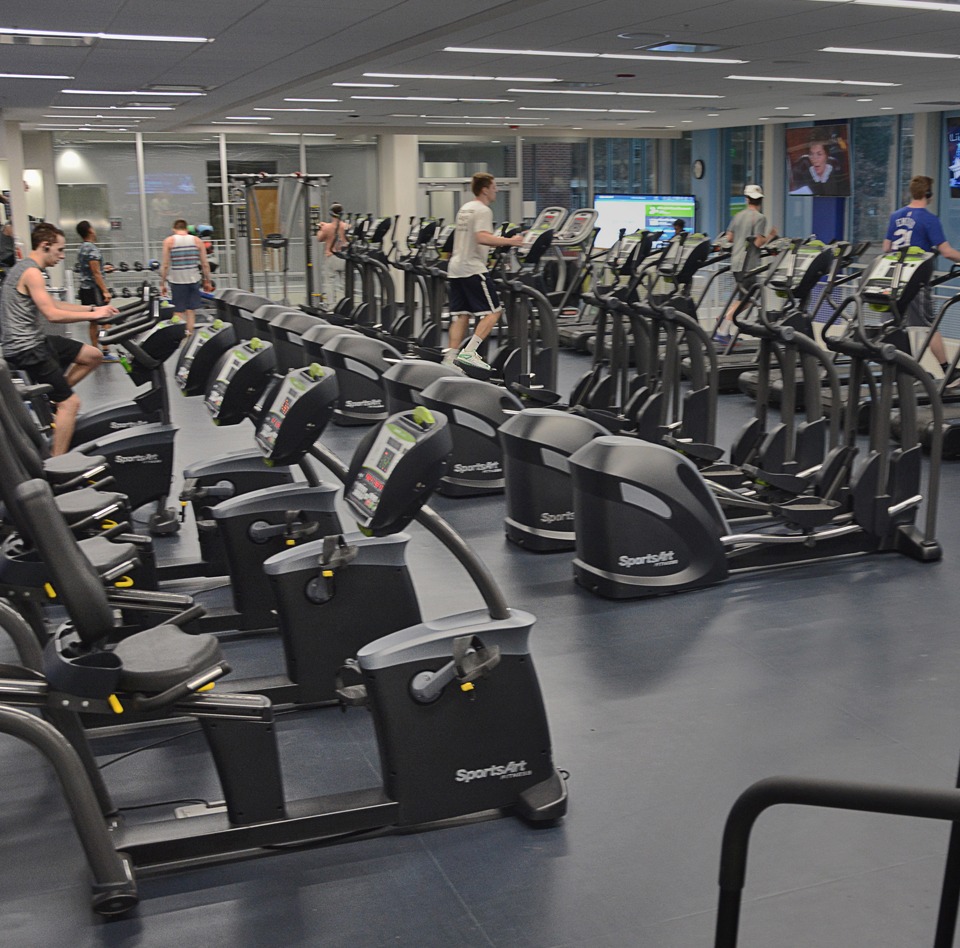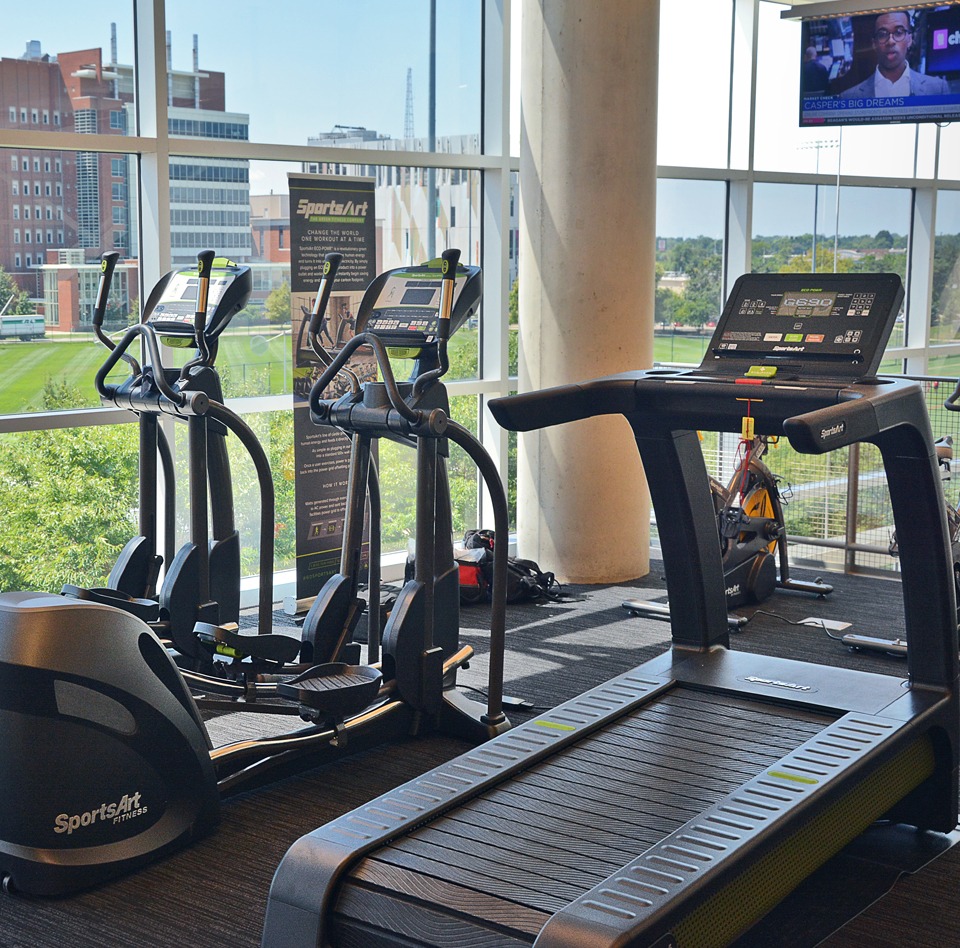4000所以上的大專院校取得綠色建築評估體系認證,其中大多為金級以上
永續活動中心
校園的活動中心是促進師生關係與活動參與不可或缺的場所,通常也扮演招收新學生的一大關鍵;藉由結合永續發展概念,能使您的校園活動中心脫穎而出,成為令人驚豔的招生利器
47% 活動中心設施每年公開其能源消耗量
60% 高等教育院校參與永續發展相關事項
75% 學生使用校園內的活動中心
72% Z世代願意花更多錢購買永續發展產品或服務
68% 學生表示校內活動中心或設施為選校條件
美國50州有650間大專院校表示願意為碳平衡盡一份心力
800所大專院校採取STARS永續發展,評鑑其在永續發展的表現

ECO-POWR™健身器材藉由高度整合的創新科技將人體運動的動能轉換為可用電能
當學生們使用器材運動時,最高可產生高達250瓦時的電;每次運動、踏出的每一步都在幫助學校減少碳足跡
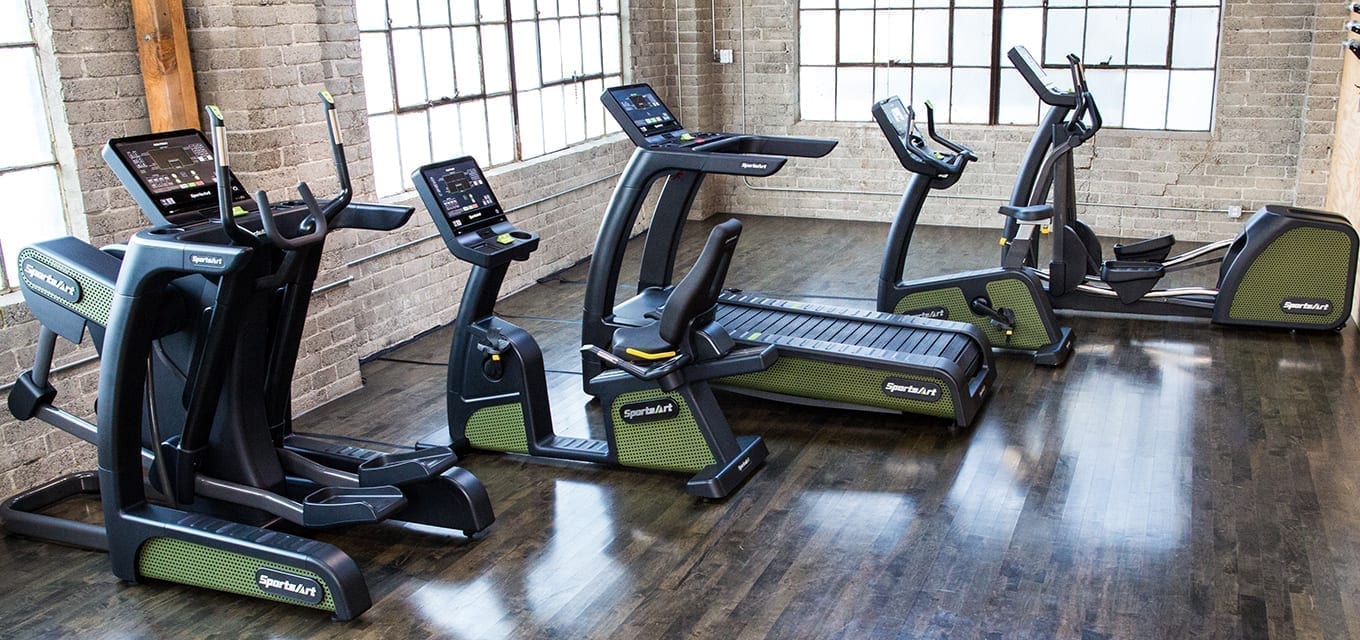

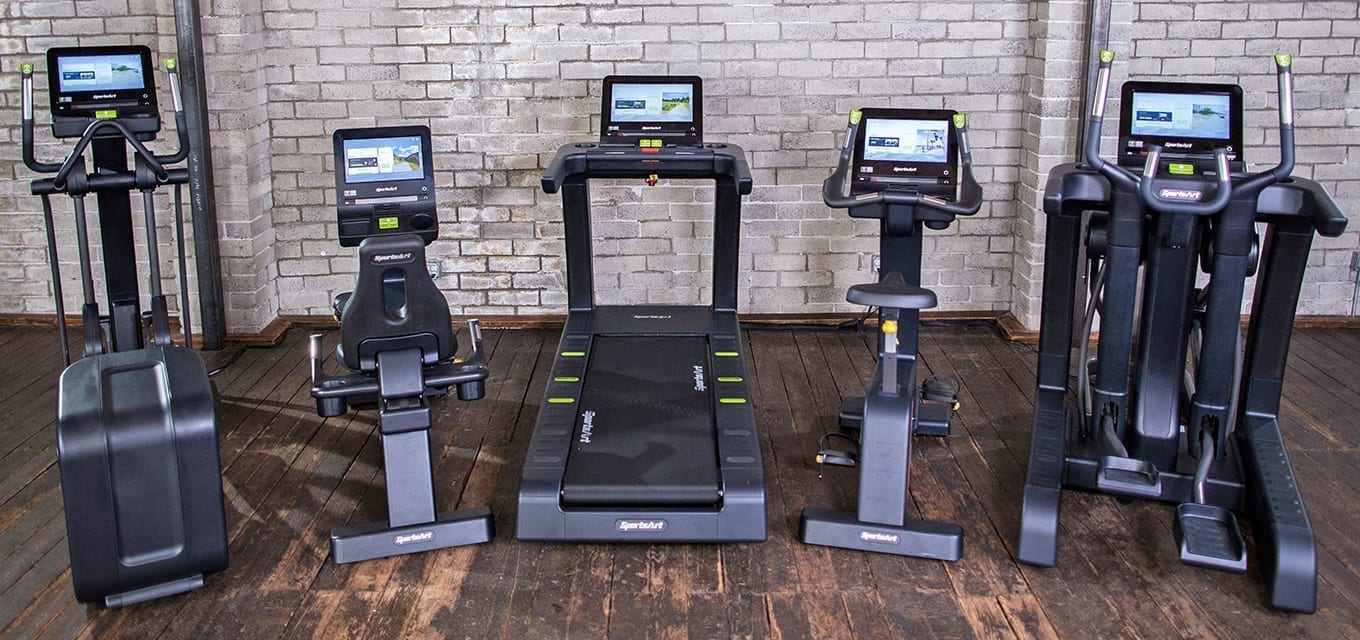

ECO-NATURAL™系列結合自發電系統流線時尚的外觀設計與多種訓練功能,提供吸引人的鍛鍊感受
無論您的永續發展目標為何,零排放的運動器材肯定是讓您如虎添翼的選擇之一
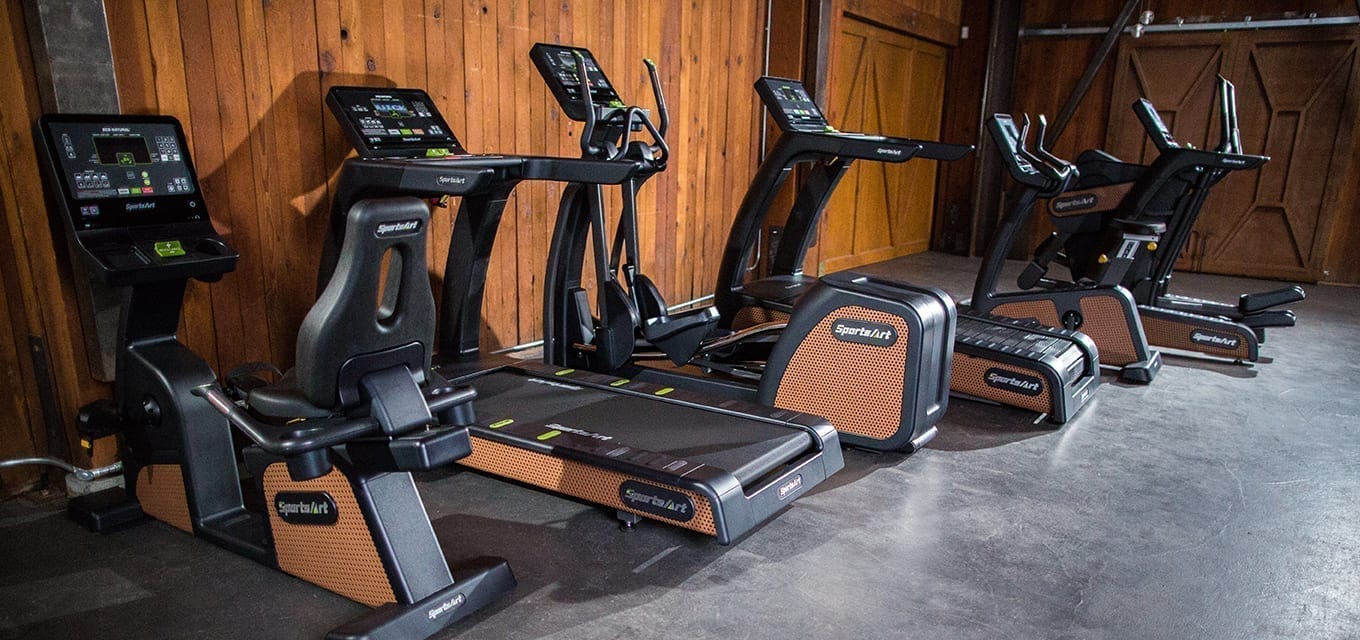
結合科技
透過SA WELL+™系統,學生們不僅可以看見量化的綠能貢獻,也能追蹤他們的個人運動資訊。除此之外,還能依據學生們產生的能源列出排行榜與進行各種互動競賽,以有趣方式達到節能減碳良性循環
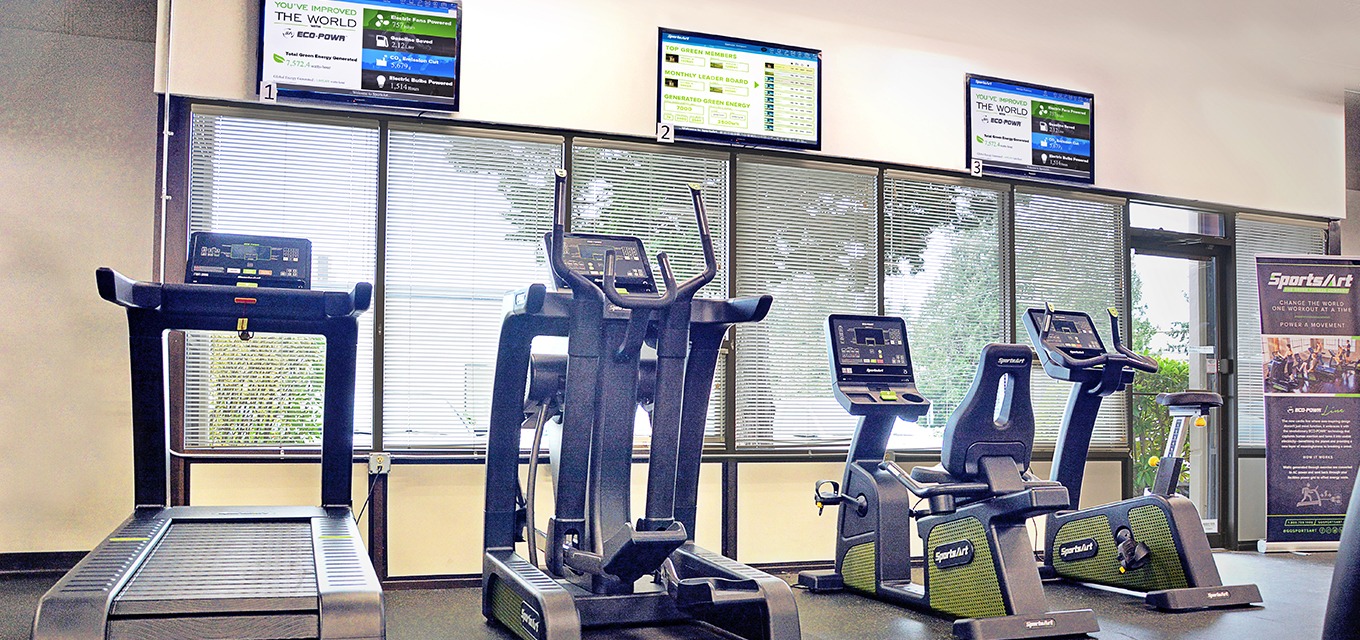
有些學生喜歡在運動時觀看電視節目樂在其中,SENZA™屏幕提供多種娛樂選項,包含電視以及手機投影功能,學生們可以透過手機或其他裝置將喜歡的影片投影至機台上觀看
ECO-POWR™系列產品亦可選配外掛電視。在使用者沉迷於他們喜愛的影集同時,也能透過運動造電來抵銷螢幕的耗能
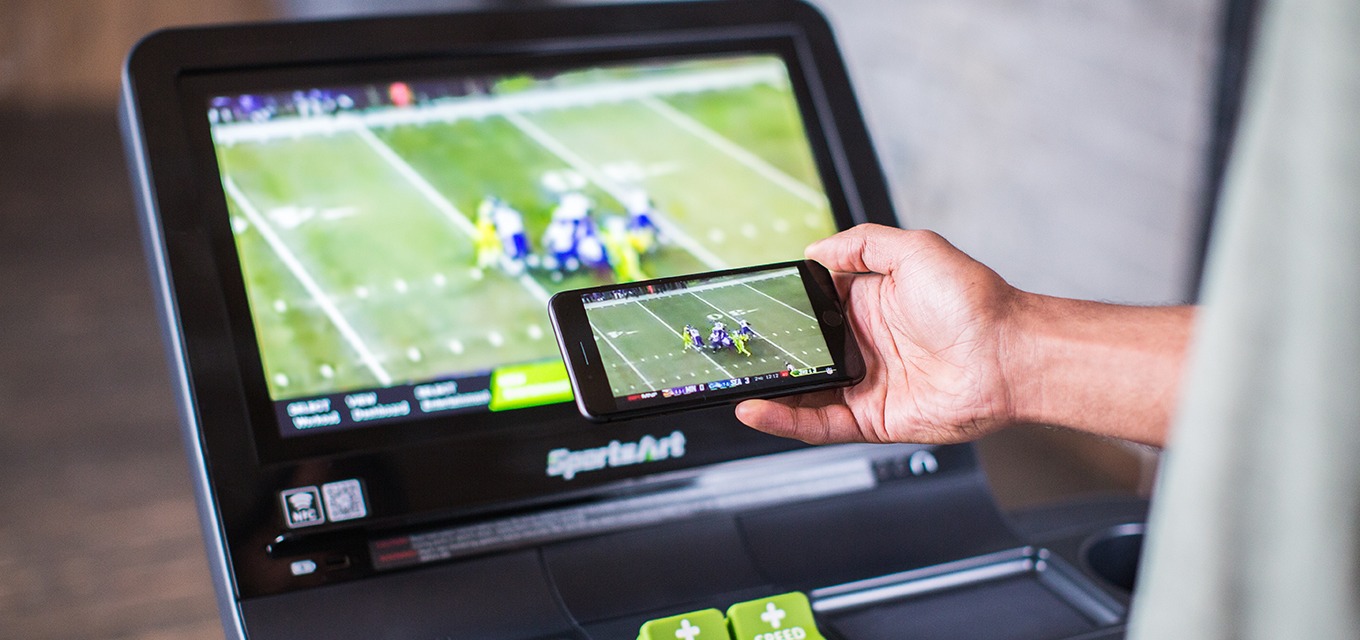
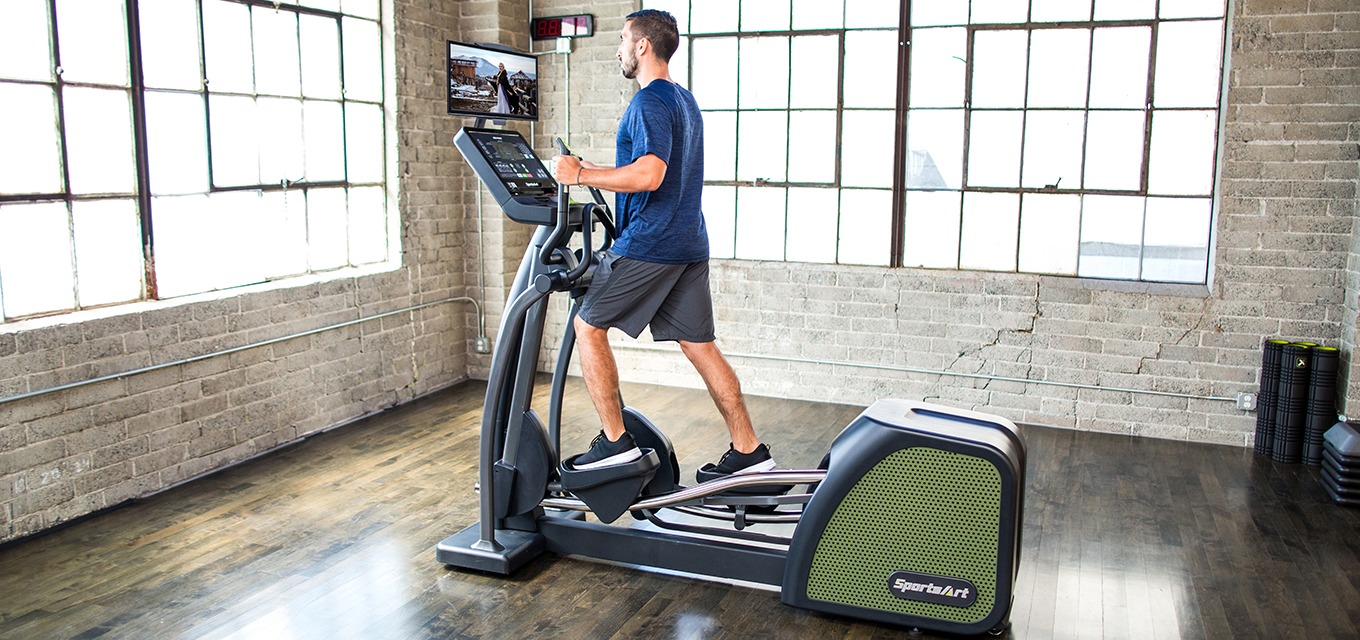
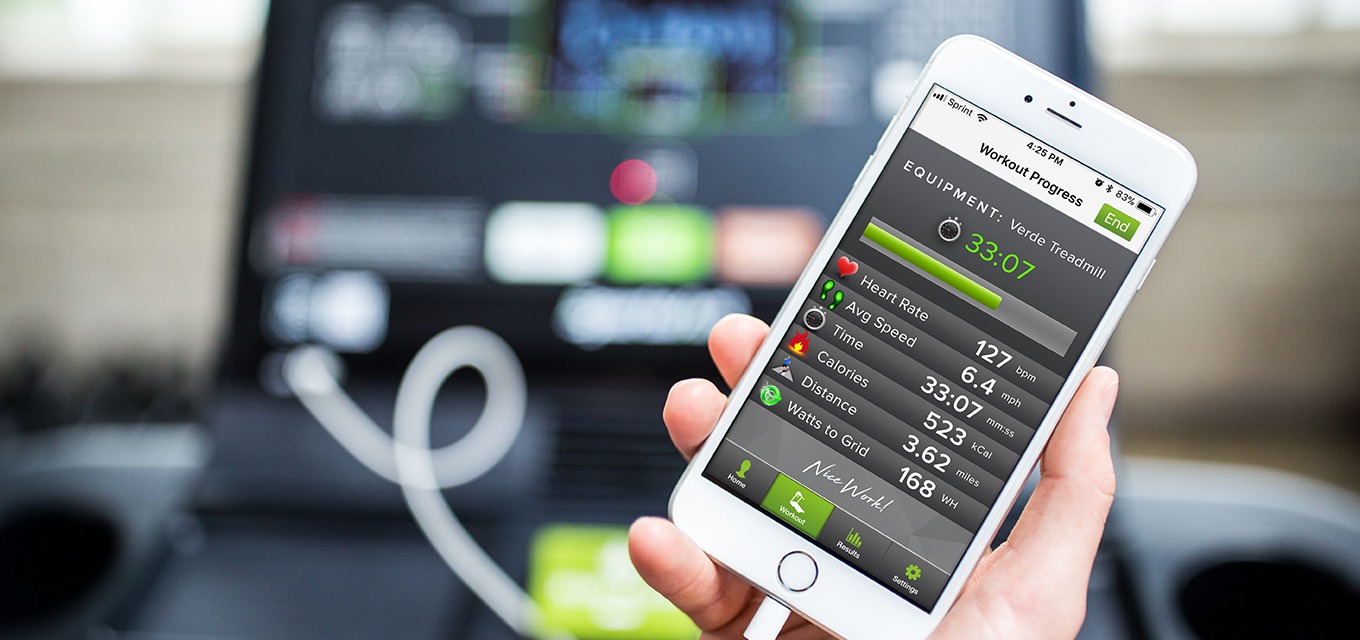
合作夥伴
References
4,000 higher-education projects have been LEED-certified, with the majority achieving Gold or better.
Usgbc.org. (2019). Sustainable Campus Development | U.S. Green Building Council. [online] Available at: https://www.usgbc.org/education/sessions/sustainable-campus-development-10540861 [Accessed 8 Nov. 2019].
47% of recreation facilities are accountable for annual building energy consumption.
Cvijetinovic, Nedeljko, “A Review of the Campus Recreation Programming Factors Impacting the Recruitment and Retention of College Students” (2017). Kinesiology, Sport Studies, and Physical Education Synthesis Projects. 18. https://digitalcommons.brockport.edu/pes_synthesis/18
60% of higher education establishments have a dedicated office of sustainability.
Stinnett, B. and Gibson, F. (2016). Sustainability and Recreational Sports Facilities: An Exploratory Study regarding Levels of Institutional Adoption. Recreational Sports Journal, 40(1), pp.92-104.
75% of students use on-campus recreation center facilities.
Forrester, S. (2014). The Benefits of Campus Recreation. Corvallis, OR: NIRSA.
72% of Generation Z’s are willing to pay more for a sustainable product or offering./span>
“Consumer-Goods’ Brands That Demonstrate Commitment to Sustainability Outperform Those That Don’t.” Nielsen, 12 Oct. 2015, https://www.nielsen.com/eu/en/press-releases/2015/consumer-goods-brands-that-demonstrate-commitment-to-sustainability-outperform/

